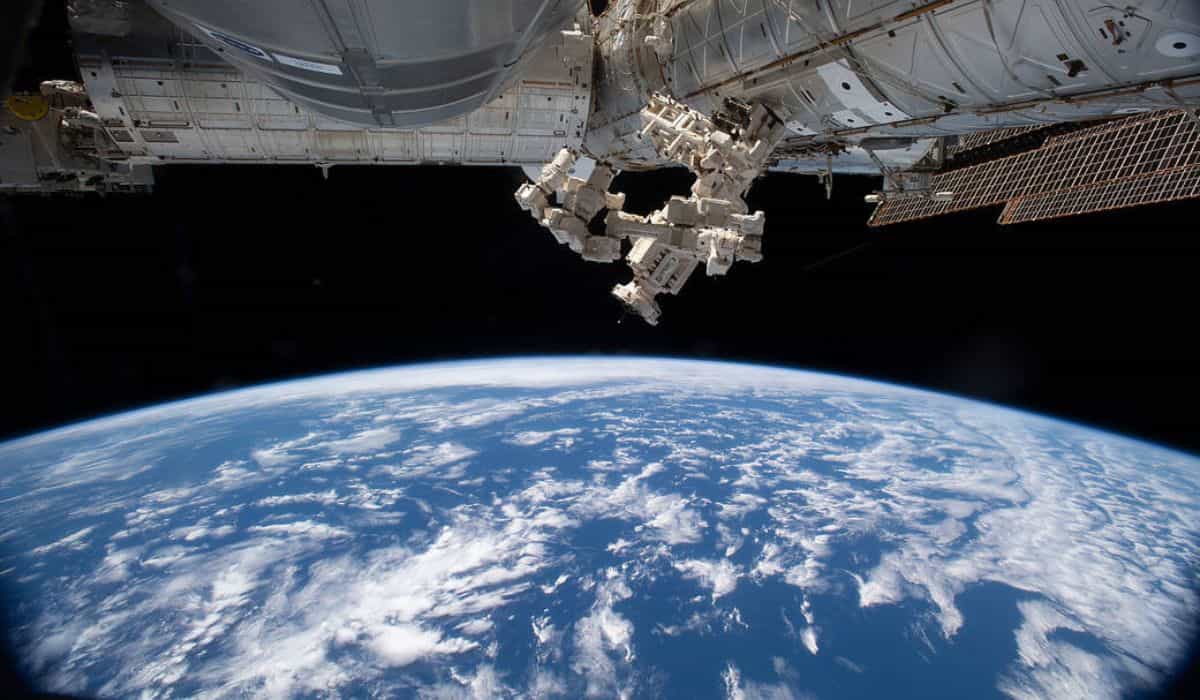
Orbiting Earth at this very moment is the International Space Station (ISS), launched in 1998 through an international collaboration that continues today among space agencies around the world. The structure provides the perfect stage to see our blue planet in a unique and spectacular way.
+NASA: James Webb captures an incredible galaxy cluster
+The possibility of finding life on one of Uranus’ moons has just increased
The International Space Station plays a crucial role in advancing space exploration, serving as a scientific research environment and a platform to test new technologies. It is composed of modules constructed and launched by different countries and space agencies, including NASA from the United States, Roscosmos from Russia, ESA from Europe, JAXA from Japan, and CSA from Canada.
Astronauts typically live and work aboard the International Space Station for several months or even over a year. Through it, many capture incredible shots of Earth. Check out some of these photos:
Aurora Borealis
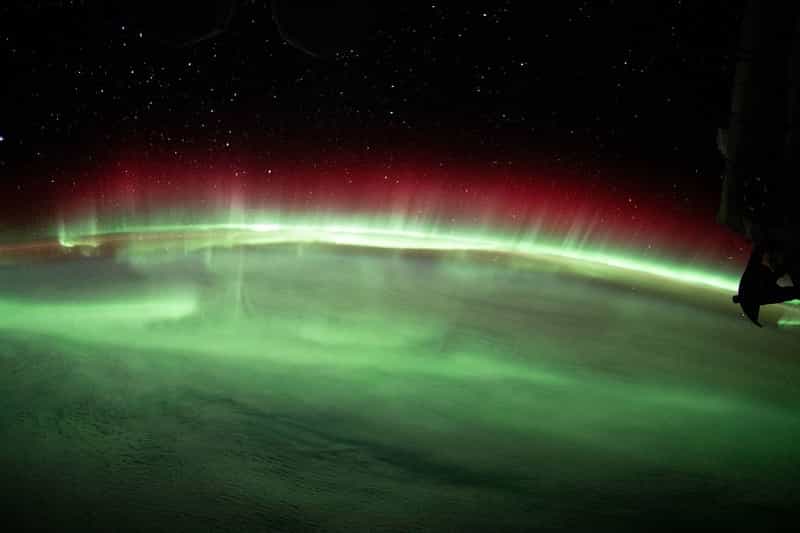
A brilliant and incredible Aurora flows above the Earth’s horizon in this breathtaking photograph taken from the International Space Station while orbiting above the Indian Ocean.
Argentino Lake, Patagonia
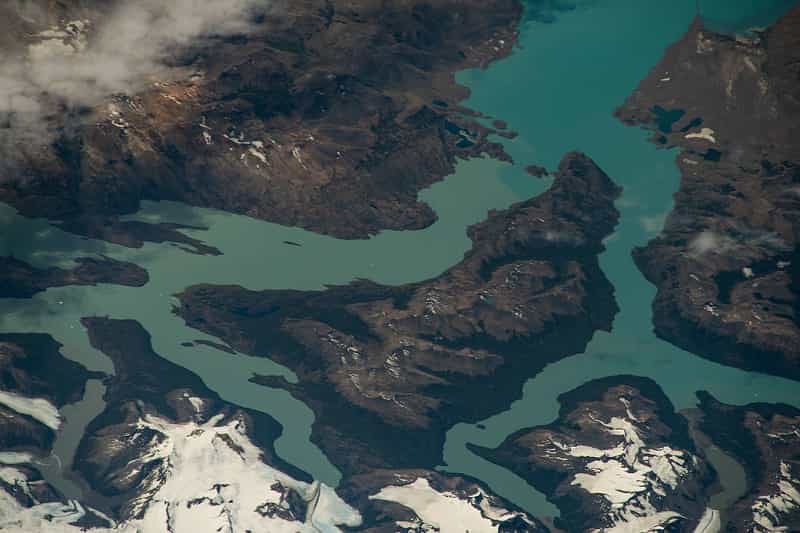
Argentino Lake in the region of Patagonia, southern Argentina, located in South America, is captured from the International Space Station while orbiting above the Pacific Ocean, off the coast of the South American country.
Laguna Verde, Chile
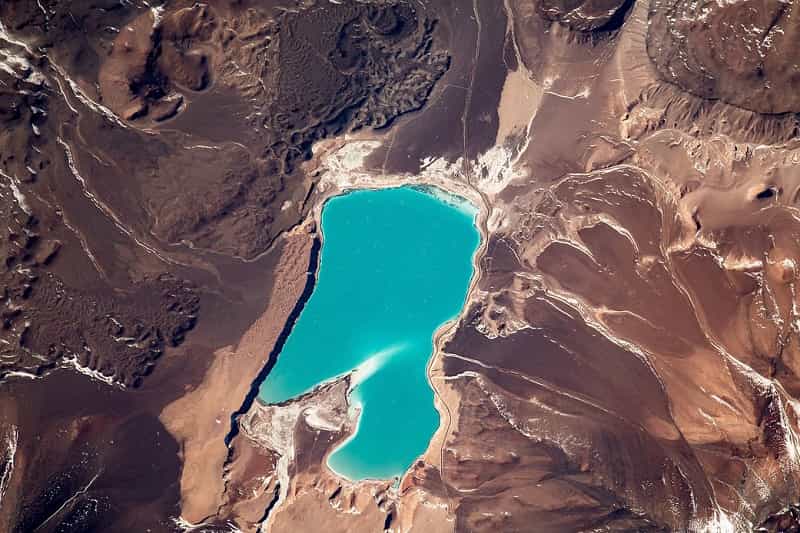
Laguna Verde, a high-altitude lake in the Andes Mountains of Chile, near the world’s highest volcano, Ojos del Salado. The photo was taken from the International Space Station while orbiting 264 miles above South America.
Eye of the Sahara, Mauritania
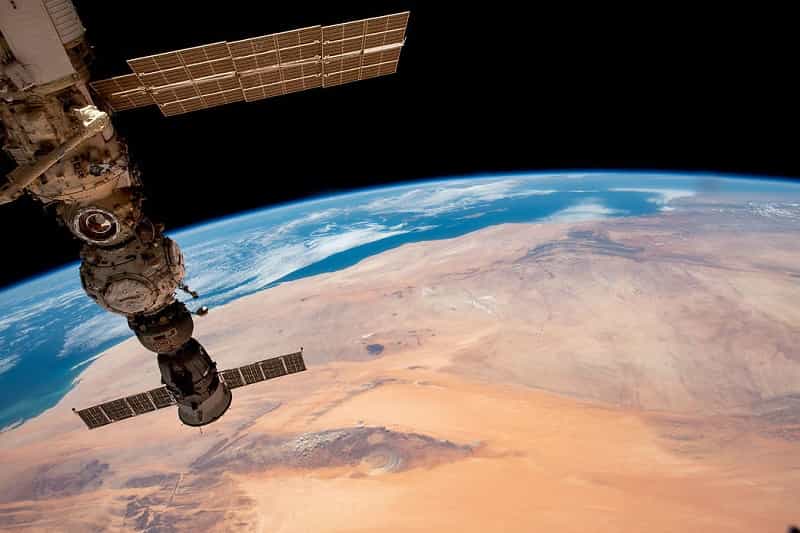
The Richat Structure, known as the “Eye of the Sahara,” is a geological dome located in the nation of Mauritania. The circular structure, about 50 km in diameter, was captured from the International Space Station while orbiting above the African continent.
Dunes, Brazil
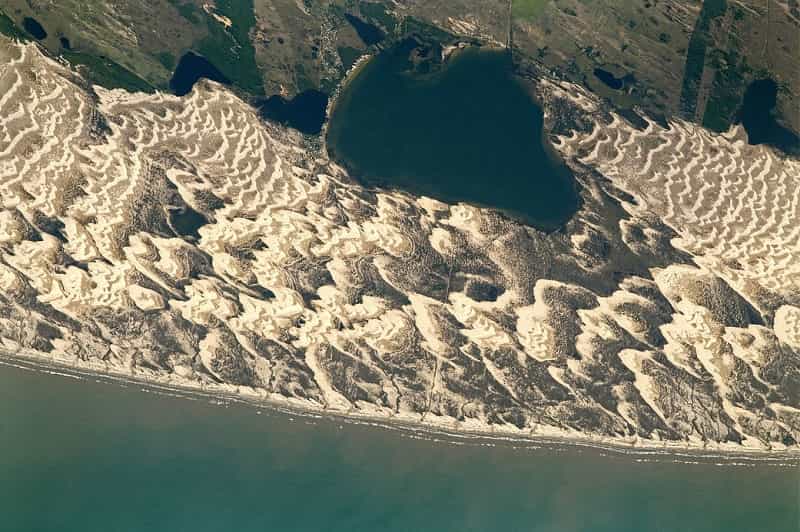
Former NASA astronaut Jack Fischer captured this photograph of Lagoa dos Barros and the Barchan Dunes on the Atlantic Ocean coast in southern Brazil while aboard the International Space Station.

